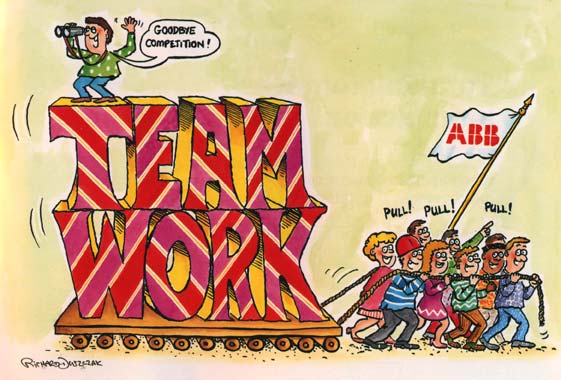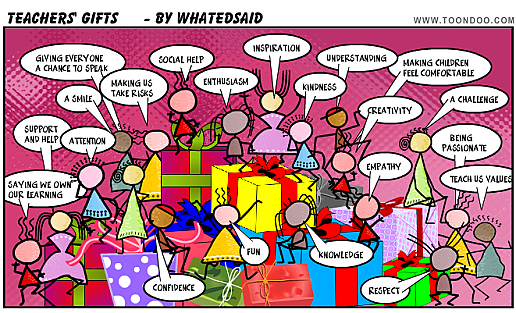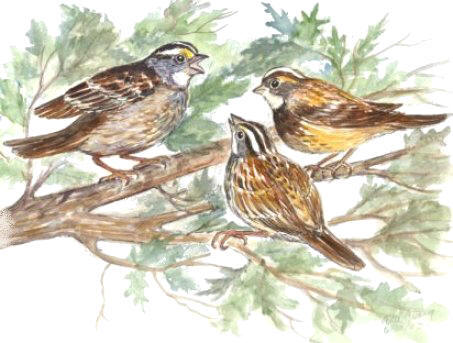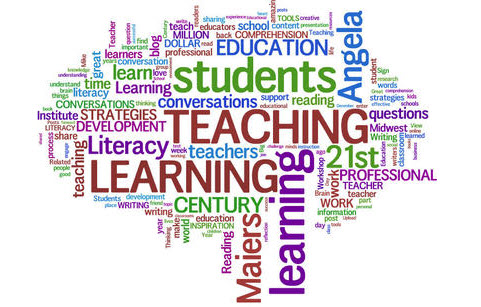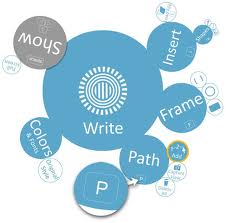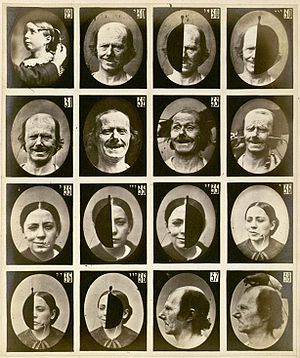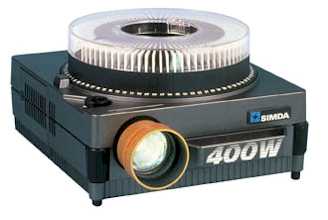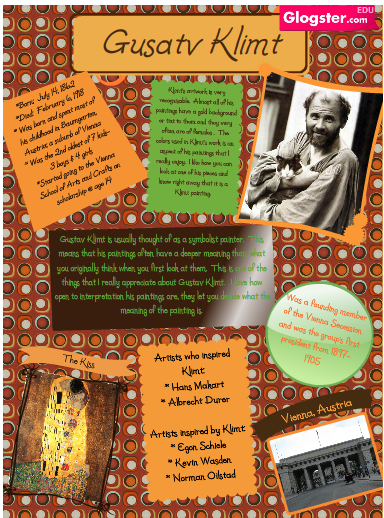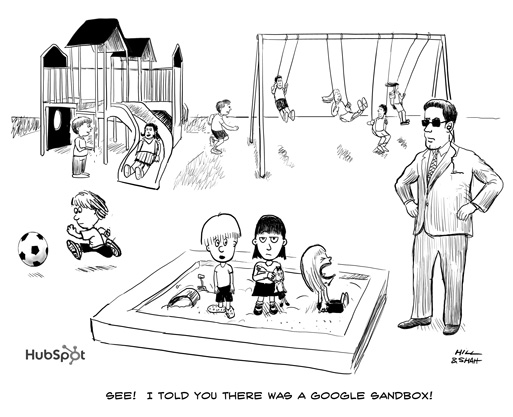There is no Right Way to Write, Right?
Why?
My goal for creating this Wiki space is for students to work collaboratively in an effort to develop their own style, techniques and points of view in terms of expressing their own thoughts. By enabling students to use interactive websites, social media outlets and software programs my hope is that they will use these different mediums to experiment with both the writing process and one another in an environment that can potentially demystify writing in a school setting which tends to alienate students who attempt to achieve a subjective standard at the expense of developing the intellectual apparatus to develop their own unique perspectives. In other words, the following is a collection of strategies for students to work with one another in order to create an expression of their own thoughts, opinions and arguments in whatever form they wish to choose so that their own development of the writing process DOES NOT RESEMBLE THIS
Twitter- Chirp!
Twitter is a simple concept. All that is required to sign up is an e-mail account. The site operates as a series of networks where each person "follows" their friends, celebrities and entire websites while offering their opinions 140 characters at a time. With a class, each student would create an account and subsequently add each one of their classmates. The class would then be given a topic and each student would build upon the ideas of their classmates who could use text, images and internet links in order to create a class composition of sorts that they could then use to create their own individual responses. Through this process, students can collaborate with each other in a meaningful way allowing to develop meta-cognitive strategies as well as create an ethos of Empathy within the class.
Wordle- Head in the Clouds
Wordle is an incredibly simple tool in which text is inserted and then turned into a "Word Cloud" This could potentially be an opportunity for each student in the class to write on a topic of their own choosing and then create a corresponding Word Cloud. After which, the students would circulate around the room and choose one of the three largest words within their classmates' clouds and then create their own written response so that what is created is a network of word clouds that enables students to create a visual representation of text which creates a class milieu of participation and citizenship so that the writing process no longer becomes a solitary process.
Prezi- Zoom!
Students often struggle writing about large, abstract concepts or entire novels because they simply struggle to define what they should include and exclude from their work. Although Prezi is most often used as a more engaging option to the traditional PowerPoint, it has the potential for being used by a small group of students in order to create a hierarchy of ideas when attempting to tackle any given topic in a manner that allows them to prioritize and organize their thoughts. Also, it allows students to use one another thoughts as an impetus for their own individual musings.
Flickr- A Picture's Worth
Far too often, writing is considered by both students and teachers alike as a strictly wrote process however students think and process information in images, pictures and groupings of thoughts. Flickr is an incredible tool for students to browse, accumulate and even upload images on an infinite array of topics which would allow students to pursue writing in terms of their own interests and curiosities. To this end, students can potentially communicate and connect their thoughts through images as a basis for producing the standard written assignment or perhaps more importantly, students have the ability to use images as a lucid expression of their thoughts.
Animoto- Slip Slidin'
Transitions between thoughts, paragraphs and sentences is a difficult skill for students to master as they have been taught to organize and compartmentalize their thoughts. Animoto provides students a forum to create moving slideshows complete with video and image content options. In adding and selecting certain images, songs and clips students will be able to develop the ability to connect two separate mediums in a manner that makes sense to them within a medium that is easily accessible, interactive outlet.
Serialized E-Mails
Connecting students with their peers through randomized E-Mail groups will create an on-line environment within which they can build upon one each others contributions so that each student essentially becomes a resource. These serialized E-Mail groups will allow students to develop both their reading and writing skills but more importantly offer them a way to become increasingly aware of their own meta-cognition. Also, a randomized group will place students with peers that they may not have engaged with socially which would undoubtedly lead to a sustainable classroom ethos of empathy and inclusion.
Glogster- Interactive Posters
In the writing process, students often struggle navigating the internet in order to find relevant information about a given topic as they are often restricted to presenting found information instead of creating their own representation of their findings. Glogster allows students to create interactive posters complete with text, images, mp3's, videos and even special effects. Additionally, Glogster facilitates a paperless classroom as it allows for interactivity in the place of worksheets and the often tedious and often menial task of creating posters. The Glogster Posters could operate as interactive Mind Maps for planning essays or even as finished works in and of themselves.
Wikipedia- Sandbox
Perhaps the ultimate form of interactive writing, brainstorming and just general meaningful interaction between students as it requires students to use the thoughts, images and video links of their peers as the basis for their own writing. Like an actual Sandbox, the notion of sharing is incredibly important as students are interdependent, creating a true community within the Classroom.


